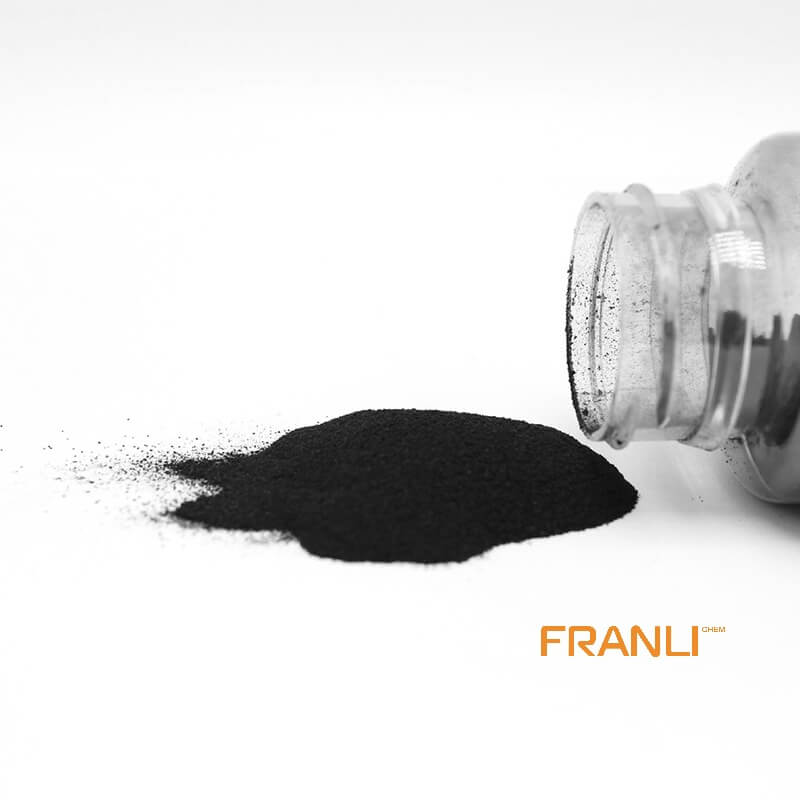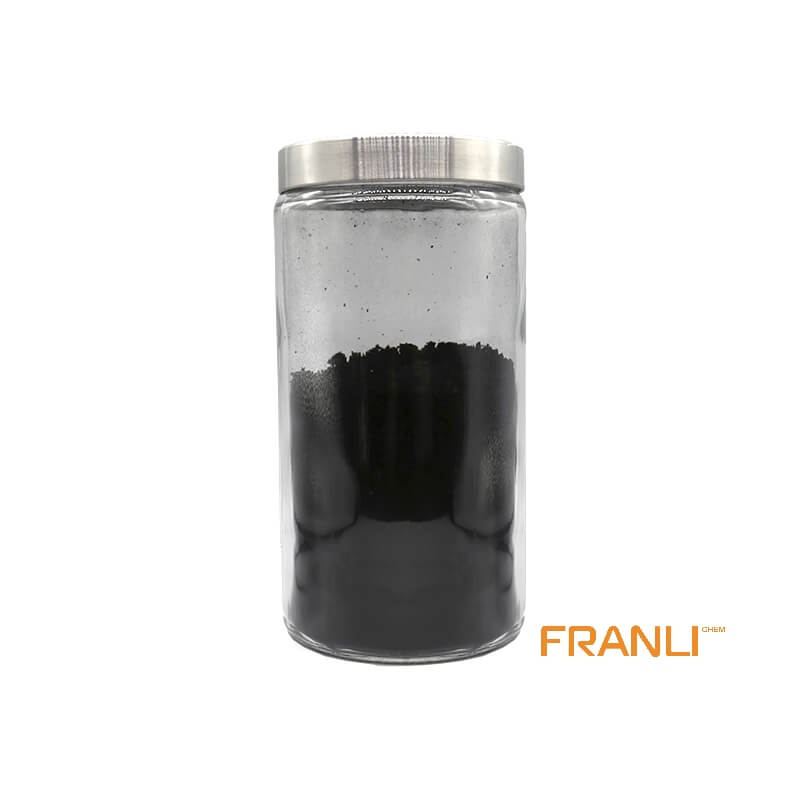

Graphene
Size
1-2nm thick x 0.5-5microns wide
Package
According to customer requirements
Features
High strength, high electrical conductivity, etc.
Application
Can be used as filler(between 0.01% and 5%).
Graphene, as the thinnest, toughest and best conductive nano material found at present. It is a two-dimensional crystal composed of carbon atoms stripped from graphite material with only one layer of atom thickness. Known as “black gold”, it is “the king of new materials”. Scientists even predicted that graphene “will completely change the 21st century”.
Request a quoteGraphene has a wide range of applications, and coatings are an important part of many graphene applications. With various superior properties, graphene has very far-reaching application prospects in terms of electrical conductivity, corrosion resistance, flame retardancy, thermal conductivity and high strength.

Why graphene can be applied to rubber modification
Multifunctional rubber vulcanizate, which has excellent mechanical properties, thermal conductivity and solvent resistance, is one of the research hotspots in the rubber industry. Graphene is a two-dimensional periodic honeycomb lattice structure with a monoatomic layer composed of sp2 hybridized carbon atoms. It has unique mechanical properties, electrical conductivity, and thermal conductivity, but the preparation of graphene is difficult. The preparation of graphene oxide is simple. It is a two-dimensional sheet material obtained by oxidizing flake graphite through a strong oxidant, introducing polar groups on the surface of the graphite sheet, and stretching the graphite sheet. The surface contains hydroxyl, carboxyl and epoxy. Compared with graphene, only the sp2 hybrid structure is destroyed, so it still has high mechanical properties (ultimate strength 65 GPa) and thermal conductivity. Graphene oxide is easy to prepare, low in price, and easy to obtain raw materials, and it is expected to become a high-quality filler for polymer nanocomposites.
Graphene’s functions
(1) Obtaining surface-modified single-layer/few-layer structure graphene oxide through centrifugal separation to improve the utilization rate;
(2) By changing the stability and surface tension of the graphene oxide suspension, the graphene oxide and latex are uniformly mixed, and the uniform dispersion of graphene oxide in the polymer is improved;
(3) Using a small amount of modified graphene oxide to improve the performance of rubber significantly better than traditional filler carbon black;

(4) Due to the good thermal conductivity and two-dimensional structure of graphene oxide, a good heat transfer channel is formed in the rubber, which can quickly export the local heat in the rubber, avoid local high temperature, and improve the thermal conductivity of the vulcanized rubber;
(5) The preparation steps are simple and convenient, suitable for large-scale applications; the prepared rubber vulcanizate has excellent mechanical and thermal conductivity properties.
Although graphene, as a nanomaterial added to the rubber matrix, exhibits excellent and unique properties and has broad application prospects, there are still many difficulties to be overcome in the process of its research and practical application. It is mainly reflected in the following two aspects:
(1) the agglomeration of graphene in the rubber matrix;
(2) The cost of high-performance functionalized graphene is high, which is not conducive to industrial production.
Therefore, the development of new technologies and processes for the preparation of a series of low-cost and high-performance functionalized graphene products suitable for different types of rubber modification has become the main direction of development in the field of graphene-modified rubber composite materials in the future.



